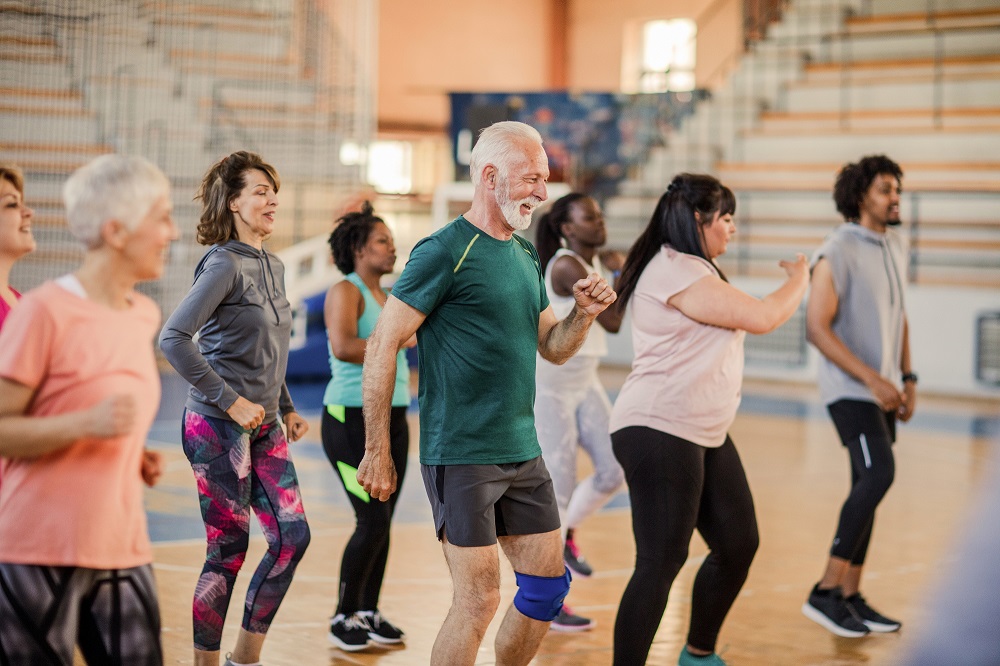
All sport and activity clubs and providers should have robust safeguarding policies, procedures and codes of conduct in place.
Policies, procedures and codes of conduct set out the best practice framework for your organisation to respond to safeguarding concerns. They also set behaviour expectations of everyone involved in your organisation.
However, you mustn’t assume that just because you have policies, procedures and codes of conduct in place, that everyone knows about them. Don’t assume that everyone has read them, or even knows where to find them!
Embedding Best Practice Across the Organisation
If you want to embed safeguarding best-practice and awareness throughout your organisation, everyone involved in your organisation must know and understand:
- That there are systems in place to support, listen, and act on any safeguarding concerns.
- What to do and who to speak to if they have any concerns.
- What the procedure and potential outcome might be.
- Any other support that’s available, whether within the organisation or from a third party.
It’s easy to focus solely on making sure you have the relevant up to date policies and procedures in place. But it’s equally important to make sure everyone involved in your organisation knows about these policies and procedures. Also, your policies and procedures must be easy to access and easy to understand. And this goes for everyone: From the participants who take part in your activity every month, to the volunteer who only helps out once a month.
If you haven’t got Safeguarding Adults Policies or Procedures in place, or if you want to review your existing policy, our templates will help you get started. Find them here.
Don’t assume there are no barriers because you have a system in place!
I recently attended an online seminar with the Centre for Sport and Human Rights on the topic of athlete abuse. The seminar featured speakers from a range of roles within safeguarding and sport from around the world.
One thing many of the speakers all had in common was their personal experiences of being involved with athlete abuse cases, to varying degrees and in a variety of different roles. They shared invaluable insights of ‘real’ examples of where systems and processes can, and often do, fall short.
One of the messages that really stuck with me was: “Don’t assume it is easy to come forward. Don’t assume there are no barriers because you have a system in place.”
One speaker had first-hand experience of reporting a concern as a whistleblower. They shared the following insights:
- Reporting structures must be fit for purpose.
- Organisations and processes must be survivor focused.
- We must normalise dialogues about keeping safe.
- Aim to create open environments where it is OK to voice concerns. Let people know that you’re listening, and that you’ll take action if they have any concerns.
- It is crucially important to educate athletes as well as coaches or support staff. Everyone needs to know their rights. Everyone needs to know what to do if they feel their rights are being abused.
- Be proactive rather than reactive. Don’t wait for a concern to arise before putting processes in place.
- Policies and procedures are only as good as the people who implement them. Policies and procedures will count for nothing if you are reporting to a corrupt system or to an organisation with an unhealthy culture.
- Offer information and support on the processes to both the person whistleblowing and to the person harmed.
“Someone always knew there was something going on that didn’t seem right.”
Another speaker at the seminar was a lawyer who has represented survivors of abuse within sport. They talked about how flawed systems can traumatise survivors all over again. They also mentioned how certain systems ask survivors to make certain unethical sacrifices, and how there are often no structures in place to manage concerns appropriately. In all the sport abuse cases this lawyer worked on, “someone always knew there was something going on that didn’t seem right”. Yet they were operating in a system where the culture didn’t make them feel like they could report.
This lawyer shared the concept of the ‘Swiss Cheese Model’ of risk management. Many large businesses adopt this model to help prevent catastrophic failures. The idea is to implement several layers of preventative measures. If a gap in your system allows a risk to get through one layer, another layer can help prevent the risk going any further. So the more layers you implement, the less likely it is that abuse might occur.
Summary of Key Actions
At the end of the online seminar, the speakers shared their views of key actions organisations should consider:
- Identify and act on early warning signs.
- Improve your first response process to concerns.
- Work on education and awareness raising.
- Offer support for anyone who reports concerns. Bear in mind that a case of abuse could affect more people than you might originally realise. So your support should include friends, family, and the wider community.
- Appoint a dedicated support person to support with informed discussions while navigating the system. Where possible, this person should be independent, and not directly involved with your case.
- Throughout the process, listen to the voice of the individual involved.
- Offer long-term support to survivors, and make counselling or psychological support available from the start.
- You need a centralised system of recording cases to prevent people from moving across sport, countries and borders.
- All safeguards must be mandatory.
One of the speakers said that organisations should consider complaints to be gifts. “It is telling you what you don’t know, so you can fix the problem or stop it occurring again”.
